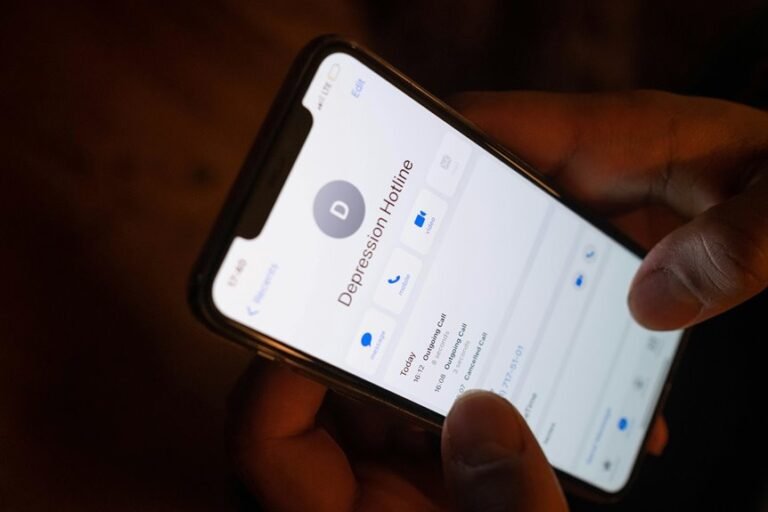Who Called Me From 3792831384, 3801262321, 3801592879, 3801814571, 3802362526, and 3802865065? Verify Now
The numbers 3792831384, 3801262321, 3801592879, 3801814571, 3802362526, and 3802865065 have raised concerns among recipients due to their unknown origins. Understanding the significance of caller identification is crucial in an era where spam and scams proliferate. Many people receive such calls without context, leading to potential risks. Investigating these numbers may reveal patterns or associations that warrant attention. What insights might emerge from a closer examination of these mysterious calls?
Understanding the Caller ID and Its Importance
How can one effectively discern the identity of a caller in an age of constant connectivity?
Caller identification systems play a critical role in addressing privacy concerns while enabling users to identify incoming calls.
By leveraging technology, individuals can screen unsolicited communications, thereby enhancing their autonomy.
Understanding these systems empowers users to make informed decisions about their interactions, safeguarding their personal space in a digital landscape.
Common Reasons for Receiving Unknown Calls
The proliferation of unknown calls can often be attributed to a variety of factors that reflect both technological advancements and social behaviors.
Common reasons include spam calls aimed at soliciting personal information or promoting products.
Caller motives may range from telemarketing strategies to phishing attempts, as individuals and organizations exploit vulnerabilities in communication systems, highlighting the need for awareness in an increasingly interconnected world.
How to Safely Handle Unknown Numbers
When confronted with an unknown number, individuals must approach the situation with caution and strategy.
Employing call screening techniques can help filter potentially harmful calls, while maintaining privacy protection. It is advisable to research the number online or use dedicated applications before responding.
This methodical approach ensures informed decision-making, empowering individuals to manage their communications without compromising their personal security or peace of mind.
Conclusion
In an age of alarming anonymity, assessing unknown callers is paramount. By prioritizing precautions and practicing prudent verification, individuals can effectively evade potential pitfalls posed by pesky pranksters and unscrupulous scammers. Engaging in diligent research and utilizing caller identification tools fosters a fortified front against fraudulent communications. Ultimately, staying savvy and vigilant ensures a safer space in the saturated sphere of telecommunications, allowing users to seamlessly separate genuine connections from dubious distractions.







